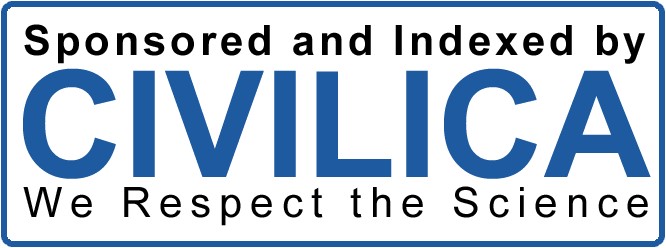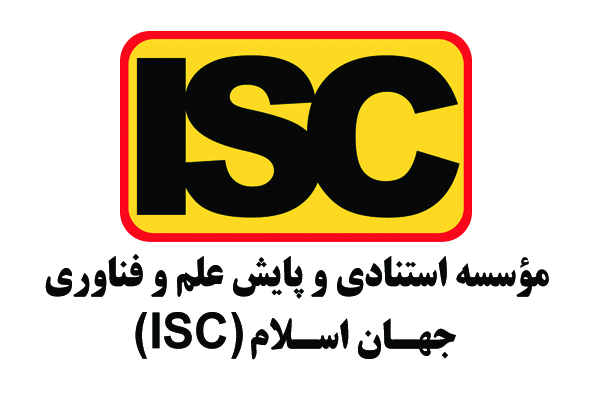Designing a Sustainable Building Technology Transfer Model
Keywords:
Technology Transfer, Sustainable Building, Grounded TheoryAbstract
The transfer of sustainable building technology in the construction industry is of high importance for reducing energy consumption, protecting the environment, and increasing economic efficiency. This process includes indigenous research and development, international collaborations, workforce training, the formulation of supportive regulations, and the implementation of pilot projects. By leveraging these actions, sustainable development in the construction industry can be achieved, which, in addition to reducing costs, helps preserve natural resources and improve the quality of life. This abstract discusses practical solutions and the necessities for the successful implementation of this process. The present study aims to design a model for the transfer of sustainable building technology. The approach used in the research is qualitative and based on the grounded theory strategy. Data were collected using in-depth interview tools. Theoretical saturation was achieved after 11 in-depth interviews using purposeful sampling. In the grounded theory approach applied in this study, 22 general categories were identified during the three stages of open, axial, and selective coding, categorized within a paradigm framework including causal conditions, contextual conditions, intervening conditions, core categories, strategies, and consequences. The results showed that in today's competitive business environment, construction industry managers are seeking solutions to increase efficiency, improve strategic intelligence, reduce costs, and achieve sustainable building. To achieve these objectives, the transfer of sustainable building technologies emerges as a crucial strategy.
Downloads
References
Ahmed, N., Abdel-Hamid, M., Abd El-Razik, M. M., & El-Dash, K. M. (2021). Impact of sustainable design in the construction
sector on climate change. Ain Shams Engineering Journal, 12, 1375-1383. https://doi.org/10.1016/j.asej.2020.11.002
Ali, S., & Sang, Y. F. (2023). Implementing rainwater harvesting systems as a novel approach for saving water and energy in
flat urban areas. Sustainable Cities and Society, 89, 104304. https://doi.org/10.1016/j.scs.2022.104304
Arora, A. S., & Sanni, S. A. (2019). Ten years of ‘Social media marketing’ research in the journal of promotion management:
research synthesis, emerging themes, and new directions. Journal of Promotion Management, 25(4), 476-499.
https://www.tandfonline.com/doi/abs/10.1080/10496491.2018.1448322
Balaban, O., & de Oliveira, J. A. P. (2017). Sustainable buildings for healthier cities: assessing the co-benefits of green
buildings in Japan. Journal of Cleaner Production, 163, S68-S78. https://doi.org/10.1016/j.jclepro.2016.01.086
Chen, L., Msigwa, G., Yang, M., Osman, A. I., Fawzy, S., Rooney, D. W., & Yap, P. S. (2022). Strategies to achieve a carbon
neutral society: a review. Environmental Chemistry Letters, 20, 2277-2310. https://doi.org/10.1007/s10311-022-01435-8
Franco, M. A. J. Q., Pawar, P., & Wu, X. Y. (2021). Green building policies in cities: a comparative assessment and analysis.
Energy and Buildings, 231, 110561. https://www.sciencedirect.com/science/article/pii/S0378778820323690
Gottlieb, S. C., Frederiksen, N., Molby, L. F., Fredslund, L., Primdahl, M. B., & Rasmussen, T. V. (2023). Roadmap for the
transition to biogenic building materials: a socio-technical analysis of barriers and drivers in the Danish construction
industry. Journal of Cleaner Production, 414, 137554. https://doi.org/10.1016/j.jclepro.2023.137554
Haji Amiri, H., & Saghafi Asl, A. (2022). Classification of global LEED standard indicators in sustainable architecture of
contemporary Iranian cities based on regional ecological characteristics: A case study of Qom city. Applied Research in
Geographic Sciences, 23(68), 293-311. https://jgs.khu.ac.ir/article-1-3660-en.html
Hossain, M. U., Ng, S. T., Antwi-Afari, P., & Amor, B. (2020). Circular economy and the construction industry: existing trends,
challenges and prospective framework for sustainable construction. Renewable and Sustainable Energy Reviews, 130,
https://doi.org/10.1016/j.rser.2020.109948
Kwok, K. C. S., & Hu, G. (2023). Wind energy system for buildings in an urban environment. Journal of Wind Engineering
and Industrial Aerodynamics, 234, 105349. https://doi.org/10.1016/j.jweia.2023.105349
Şirin, C., Goggins, J., & Hajdukiewicz, M. (2023). A review on building-integrated photovoltaic/thermal systems for green
buildings. Applied Thermal Engineering, 229, 120607. https://doi.org/10.1016/j.applthermaleng.2023.120607
Downloads
Published
Issue
Section
License
Copyright (c) -1 Journal of Technology in Entrepreneurship and Strategic Management (JTESM)

This work is licensed under a Creative Commons Attribution-NonCommercial 4.0 International License.











